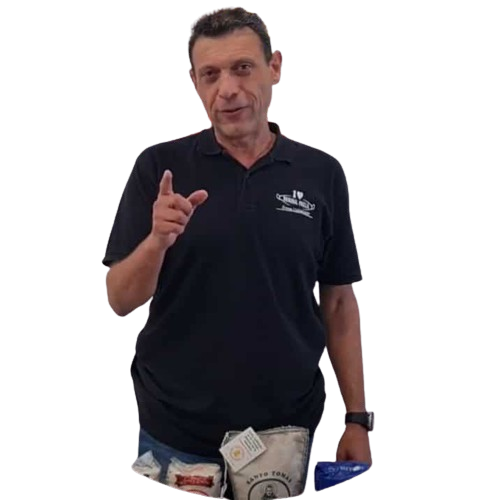What do we put first in a Valencian paella, rice or water?
It may not seem like it, but there is a general doubt for every new rice master, which is similar to a typical debate: which came first, the chicken or the egg? But our case is more paella in origin: What do we put in the paella first, rice or water?
Where can this doubt originate? You may ask, interestingly, it is as original as paella itself, after all, someone had to answer it at the time the recipe was created, and it has its own reasons for existing. After all, recipes follow guidelines in what we add and when for good reason.
So, let's see why the order of the ingredients in paella is important:
In what order do I put the water and rice in the Valencian paella?
Traditionally, in paella, a stir-fry is made and the water is added to this stir-fry. After that, we wait between 20/30 minutes for that water to become a tasty broth to which we will add the rice.
So, the answer is clear, in traditional Valencian paella, the water comes before the rice.
And in what order do I put the water and rice in a seafood or fish paella?
In seafood or fish paellas, we throw the rice on top of the sauce, fry it for a few minutes (approximately 3 minutes, until we see the pearl of the rice) and add the broth.
In this case, the difference with respect to Valencian paella is that we do not start with water to create the broth, but with a tasty broth already prepared, therefore, we will not have to wait for the water to become broth as happens in traditional Valencian paella.
So, in this case, the answer is also very clear, the rice is added before the broth.
Are there other ways to make Valencian paella?
Although we said that the difference between traditional Valencian paella and seafood paella is that the starting point is water - which has to be converted into broth - or already prepared fish broth, and this is what determines whether it comes first rice or water/broth, it is also true that the question arises as to whether in a Valencian paella I can use the same technique as a seafood paella, that is, starting from a broth that we have previously prepared.
The answer is yes, and in fact, it is a technique that is used very frequently in restaurant establishments, since it saves more than 30 minutes of cooking Valencian paella, something that is greatly appreciated and greatly reduced production costs. and increase the amount of paella that a single service is capable of serving.
Is it better to cook Valencian paella traditionally or with the broth prepared previously?
This answer is no longer so clear, because both ways of cooking provide advantages and disadvantages.
In the traditional way, the main advantage is the convenience of making the broth in the paella itself and not having to prepare a broth prior to cooking the paella. Furthermore, by not frying the rice, the absorption capacity of the rice flavors is greater, although it could be compensated with a previously prepared broth with a greater concentrate.
In the case of starting from a prepared broth - whether homemade or industrial - we have the advantage of being able to shorten preparation times, an important issue for restaurants, on the other hand, sautéing rice, by providing greater resistance to the grain, this makes it a little more difficult for the rice to pass through or open.
Is it better to do it this way?
The theory says that if I am able - and we are - to make a better broth than the one I can make by making the broth in the paella itself, logically it will be tastier and more worth it.
Therefore, it will depend on whether the broth prepared previously is of better quality or flavor, since this way, the paella will have a better flavor.
On the other hand, when we fry rice, we close the cuticle of the rice grain, this has 2 effects:
On the one hand, by closing the cuticle, the grain is more resistant to overcooking, that is, it is a little more difficult for the grain to open or the rice to pass through.
But on the other hand, it makes it somewhat more impermeable to the absorption of flavors, which implies that our prepared broth must be more concentrated to compensate.
If you want to see more content from our blog, follow this link.




